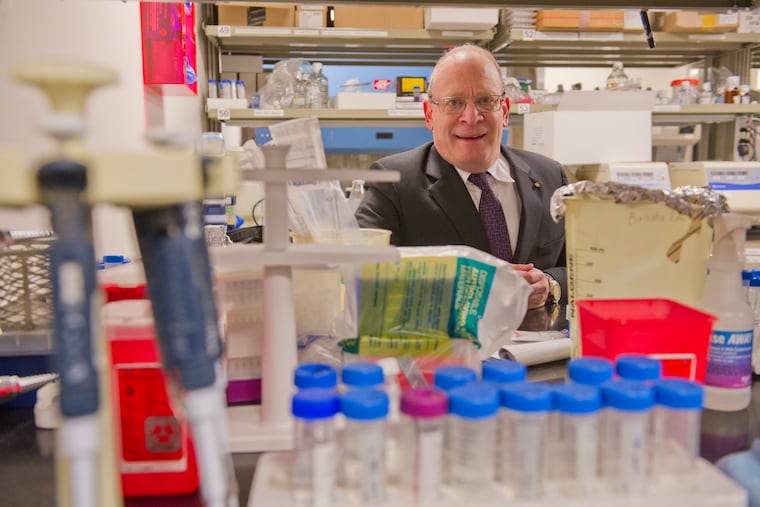Can germs cause Alzheimer’s disease?
A small group of scientists, including some in Philadelphia, has been bucking the research establishment for years by arguing that microbes might trigger the deadly form of dementia in older people.

A small group of scientists, including some in Philadelphia, has been bucking the research establishment for years by arguing that microbes might trigger the deadly form of dementia in older people.
